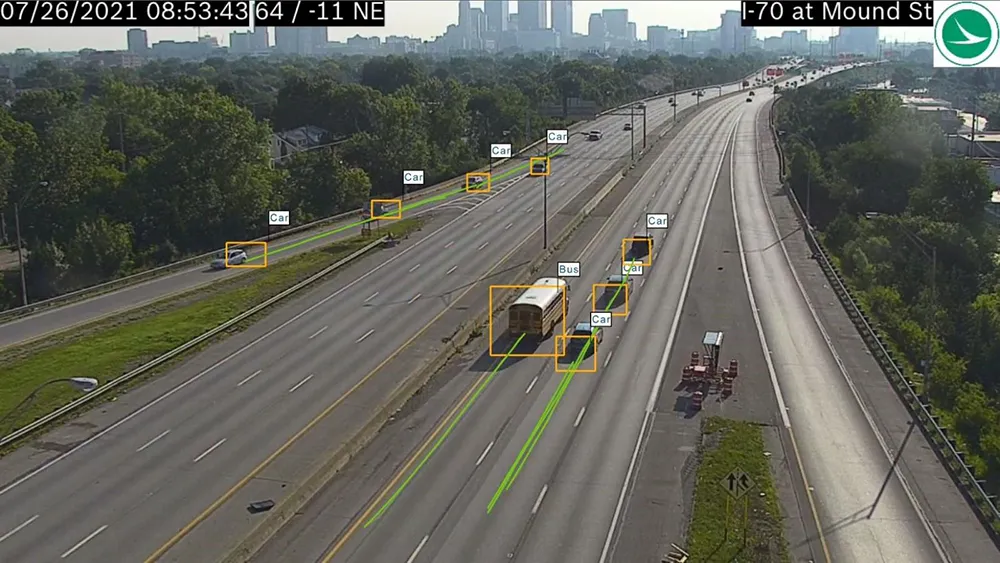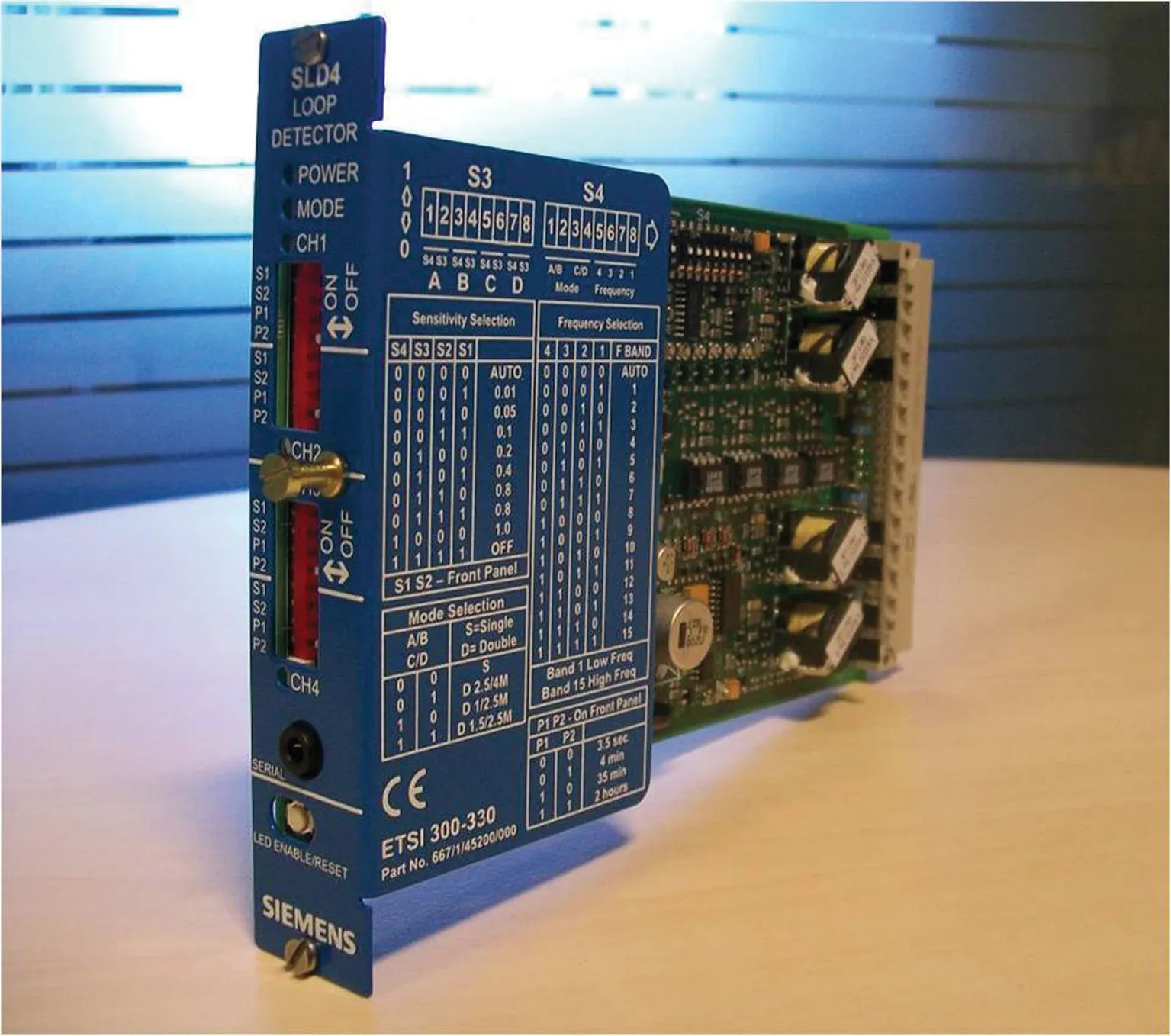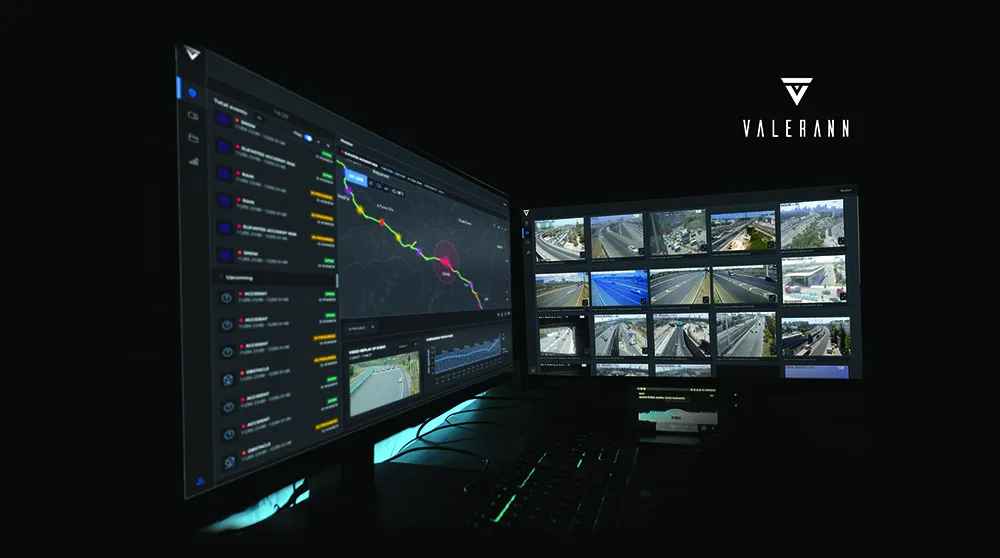
Traffic Detector helps distinguish and classify vehicles in congested scenes with precise detail including speeds, location and colour. It also detects and count trucks, buses, motorcycles, bicycles and people. When integrated with Intelligent Video Analytics, Traffic Detector data is augmented with object speed, GPS location and colour.
Data provided from Traffic Detector offers an additional advantage for person detection, which the company says is ideal for perimeter protection, people tracking or retail applications like queuing solutions at cashier desks.
Bosch Security says that Traffic Detector is available as a special Object Classification (OC) version in the company’s INTEOX camera line-up, including the MIC Inteox 7100i OC. Depending on the application, customers can choose from either the moving or fixed form factors. Later, Traffic Detector will be made available as software licenses that can be complemented with dedicated software maintenance agreements.
The MIC Inteox 7100i OC camera’s steel housing is rated IP68 for water tightness and there are no internal running gears to foul up. There is even an external lens wiper and the lens window is heated for climates that experience freezing temperatures.
Inteox enables app developers, system integrators and other Bosch partners to develop customer-specific apps or easily customise security solutions with no restrictions or boundaries. For transportation agencies, the cameras provide vehicle and vehicle type detection, as well as vulnerable road users including pedestrians, cyclists and motorcyclist.
Inteox combines built-in intelligent video analytics from Bosch, a commonly-used open Operating System provided by Azena and the ability to securely add software apps at a later date. Thanks to the fully open principle, system integrators are free to add apps available in the application store, making it quick and simple to customise solutions.








